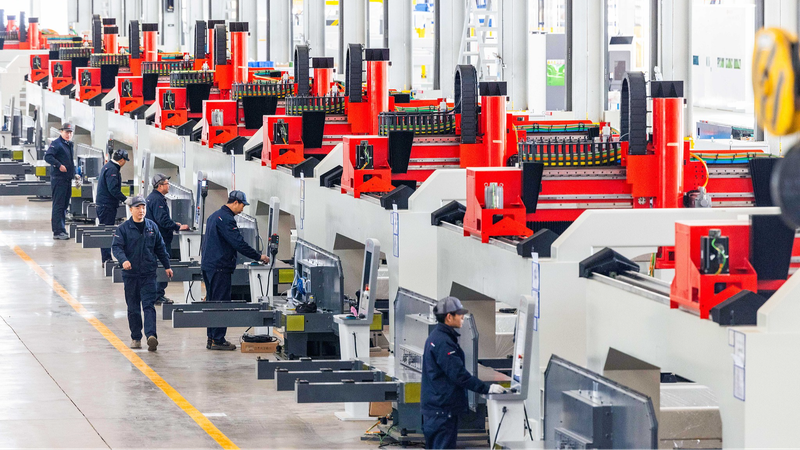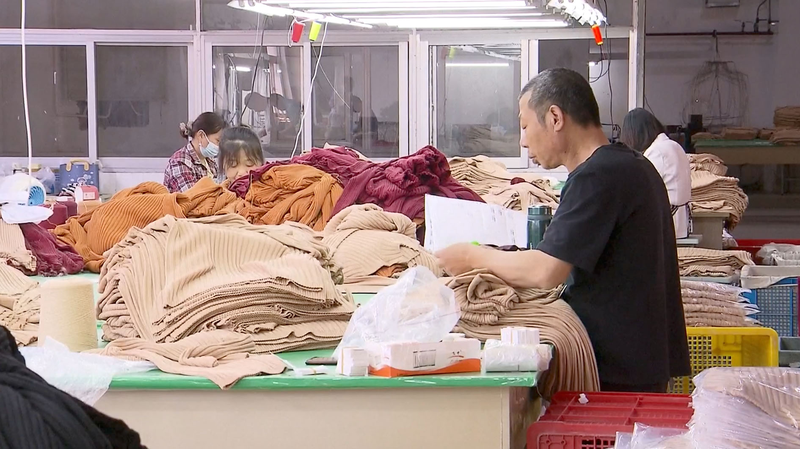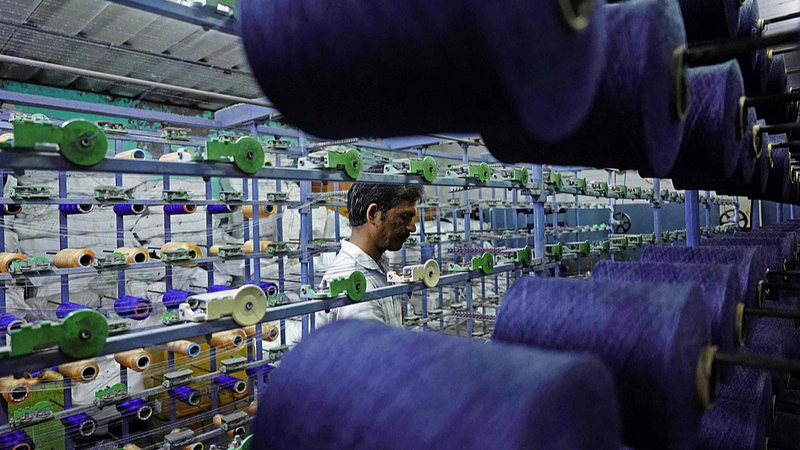As U.S. tariffs on Chinese goods skyrocket—topping 245% on some products—exporters are flipping the script, tapping new markets, diversifying supply chains, and even turning to China’s booming domestic retail sector to stay ahead. Spoiler: Innovation and adaptability are their secret weapons. 🔥
Take BEIFA, a stationery powerhouse in Ningbo. Their U.S. sales have slowed, but orders from Europe and Southeast Asia are surging, with a projected 30% sales boost this year. 🖊️✨ Why? “The world still needs China’s manufacturing muscle,” says Zhao Zhongxiu, a trade expert. China produces over 30% of global office supplies, and Ningbo alone ships $414 million in pens and craft tools annually. Globally, China’s factories churn out one-third of all industrial goods. Try replacing that overnight!
Other companies are shifting production abroad. One Dongguan auto parts maker slashed U.S. reliance from 70% to under 30% by moving to Thailand—now selling in 40 countries. 🌍🚗 Meanwhile, China’s own consumers are stepping up. E-commerce giants like JD.com have pledged $27.4 billion to buy up “export-grade” goods for local shoppers. Supermarkets like FreshHippo are stocking shelves with products once bound for overseas, giving exporters a lifeline. 💻🛒
But who’s really paying the price for tariffs? U.S. households, says Yale’s Budget Lab, could fork out an extra $5,000 yearly due to pricier imports. That $180 Chinese-made washing machine? Now $270. Even American farmers fear retaliation. 🧺🌾
“China’s market depth and policy tools are unmatched,” notes finance professor Tian Lihui, pointing to resilience and adaptability as key drivers. From global supply chains to hometown e-commerce, Chinese exporters aren’t just surviving—they’re rewriting the playbook. 📈🇨🇳
Reference(s):
Chinese exporters navigate U.S. tariffs via market diversification
cgtn.com







